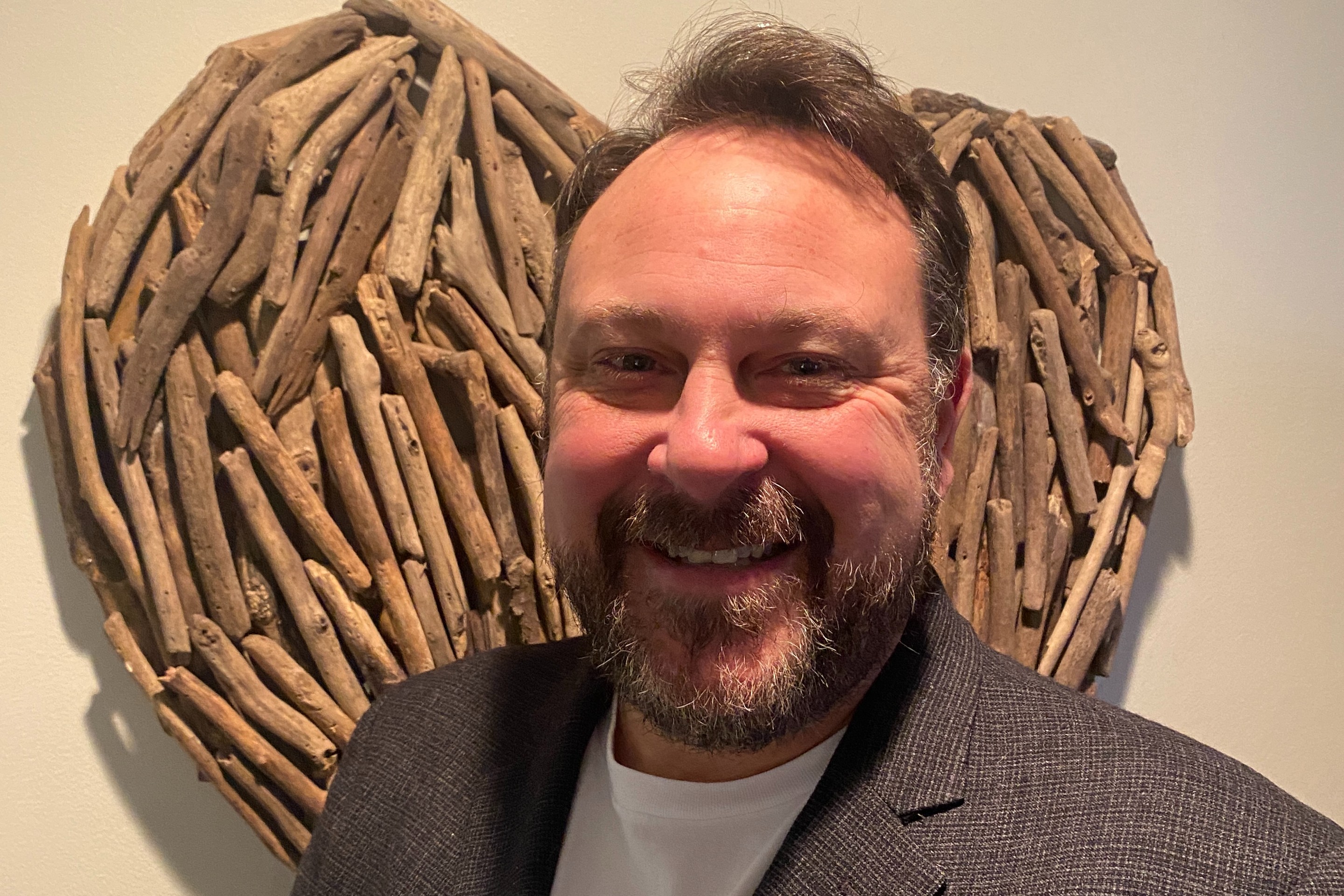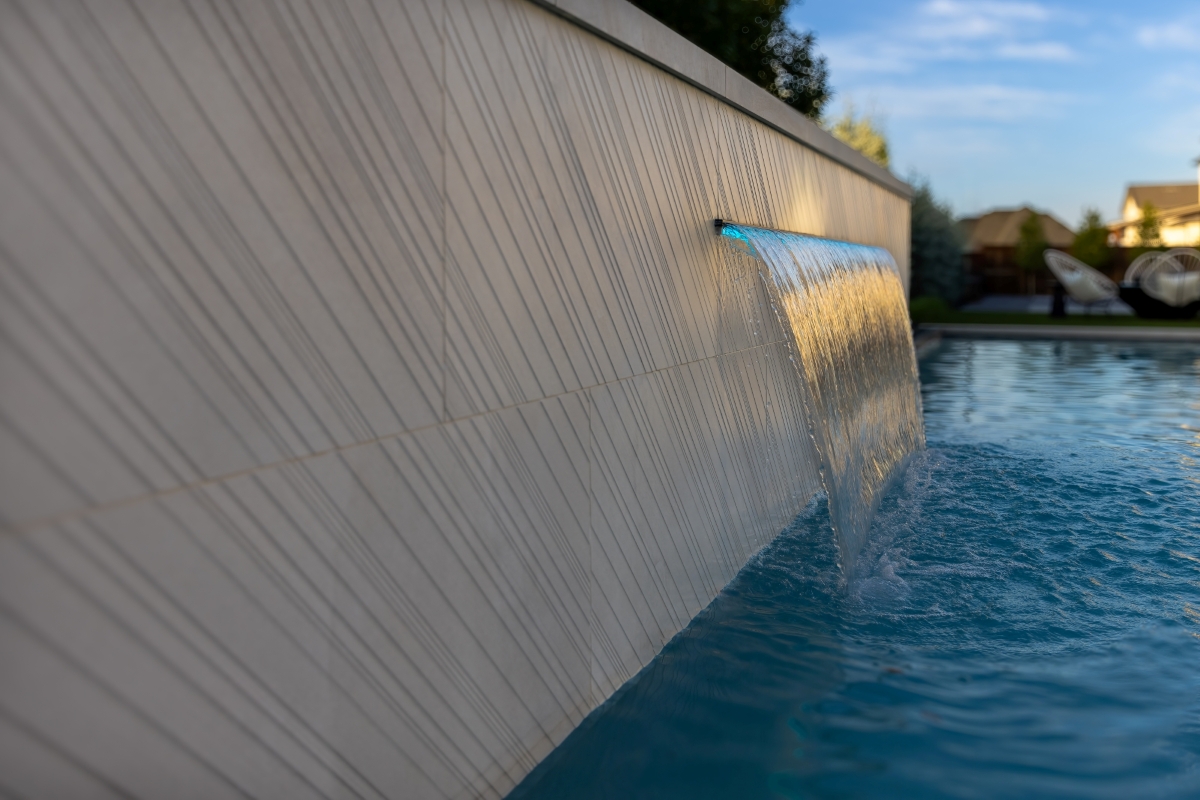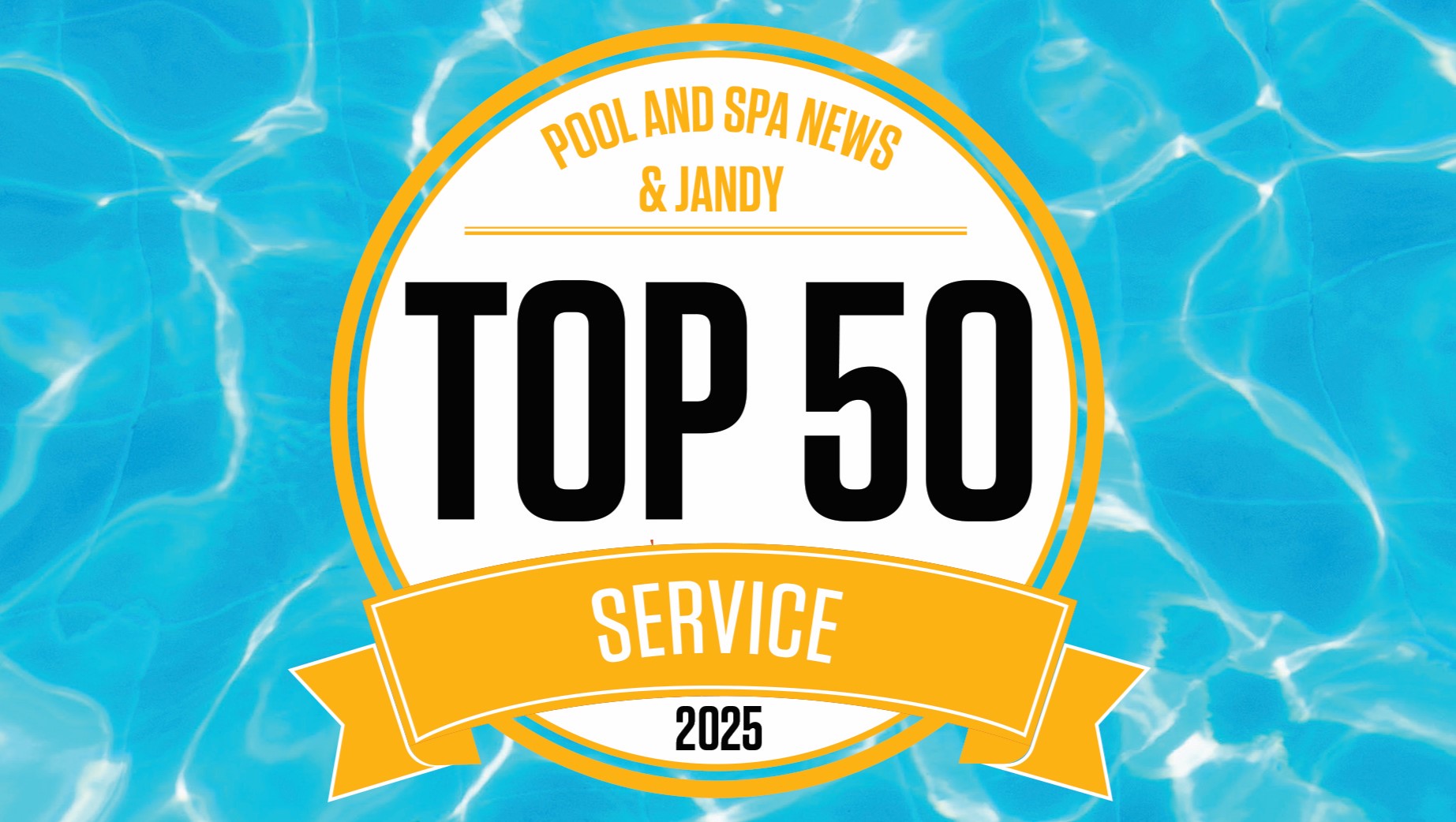Rob Romano seems perfectly at home taking the helm of industry organizations such as the National Plasterers Council.
After all, he was only 35 when he became president of the second largest trade group in the industry, the Northeast Spa and Pool Association. And he’s currently making his second trip through the executive committee of that organization, now serving as treasurer and likely to be its president in a couple years.
When he left the construction and service side of the industry to join Dave Cooke Plaster Co. 14 years ago, it wasn’t long before he was a visible presence with the NPC. After holding various titles there, he is now finishing out his first of two years in his term as Chairman, as well as its Membership Committee Co-chair. Here, he reports on some of his and NPC’s priorities and lessons about the plastering field.
What has happened in NPC over the past year that has been important to you?
Implementing our Research Committee. We’ve been hearing the drum roll for this for about six months, and now it’s come to fruition. We have a new Research Chair, Phil Greggs from SGM. He’s someone who really understands cement in swimming pools and plaster.
What are NPC’s top priorities these days?
We are expanding our education. Now that the Tech Manual update is done, our Education Committee is creating classes that teach directly from the manual. We’re looking to have an NPC certification track that you can follow, from the prep to application to start-up. We already have a start-up and a pool prep class. We’re now working on a plaster placement class, then there are going to be three or four more courses coming after that. So, once you pass all those, you become a certified NPC plasterer (but we haven’t figured out the official designation yet).
What would you say is top of mind for you?
I’d like to focus on having more involvement from our membership. There’s a huge generation gap, so we’re looking for up-and-coming board members who can help transition into the new era.
We have our Young Professionals program, and we’re trying to bolster that to attract younger people to come in and join the board and get involved. The only way we can keep moving and evolving is with their participation. We do have some newer board members, but we’re looking for more up-and-comers who feel like they can contribute and help mold the industry for the future.
Before entering the plastering business, you worked for your father’s pool-building and service company. What surprised you about plastering when you first started?
I went into the plaster industry with a pool builder’s mentality. I had that jaded view that some builders have towards pool plasterers — that plasterers are subcontractors who work through the builders only. It took me a year or two to fully grasp that, yes, we’re subcontractors, but we’re supposed to put plaster on swimming pools, whether it’s functioning as a sub or doing remodels directly with homeowners.
That was a hard pill for me to swallow at first. When I finally accepted that everything was kind of fair game, I learned how to manage our relationship with builders who were my customers. We would never go out and spike a job if somebody was building the pool. But if it’s a remodel, then use us if you don’t want us to do the pools.
But probably more important, I found it amazing how much about water chemistry a plaster company needs to know. When the water hits new plaster, there are so many chemical reactions going off, and you have to know how to manage the water. I have to understand that better than the service company because, at the end of the day, I have to protect my product.
I didn’t know that going in, or how much I would have to know that to this day.


